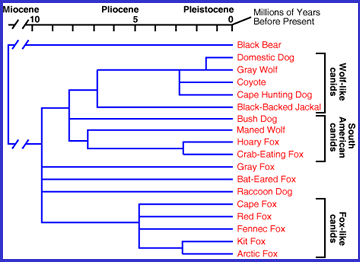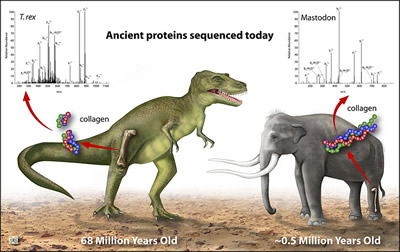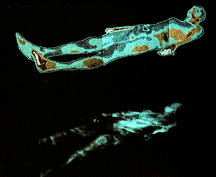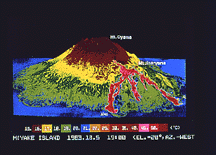Evidence of Evolution
Click on image for full size
National Biological Information Infrastructure
Molecular Evolution
Molecular evolution is the process of how genes in populations of organisms change over time. Techniques to explore genes and chromosomes, such as electrophoresis and DNA and RNA sequencing, allow scientists to compare DNA from different species and figure out evolutionary relationships. Species that have very similar genetic-makeup have a closer evolutionarily relationship.
All living things have DNA. There are differences in DNA of individuals of the same species. There are many more differences in DNA of different species. To deduce evolutionary relationships using DNA, scientists compare the DNA of different species. Species that are very distantly related, such as turtles and bacteria, have different DNA. Species that are more closely related have more similarities in their DNA. For example, 98.7% of human and chimpanzee DNA is the same, indicating a relatively close evolutionary relationship.











